This blog series is about our "Back to the Soil" project, in which we investigate whether several organic waste streams can be used as soil improvers in arable farming and how this can be legally implemented. This ninth blog post is a practical update. How are the pot trials going? And what else has happened? Below you'll find an overview of all the blog posts in this series.
In the previous blogs, you've mostly read about all the obstacles we've encountered in conducting our research. But fortunately, there's also good news. We've received an exemption, the first pot trials have been completed, and the first residual flows are in the fields.
Pot tests UnifarmOur first experiment is a pot trial being conducted at Unifarm in Wageningen. A total of 24 pots were fertilized with one of the three residual flows or with cow manure, and then the green manure was sown. After a while, it looked like this:

Fortunately, the green manure is emerging in all the pots. However, there are still visible differences. At first glance, the green manure seems to be doing less well on coffee grounds. We're still waiting for the analysis of the results, but in the meantime, we're wondering what could be causing this. Is it the caffeine? Is it the low pH? And is this effect only noticeable on the green manure, or does it also affect the crops that would subsequently grow in the field? Together with the Louis Bolk Institute, we will investigate this further in an additional pot experiment.
Collecting residual flowsIn the meantime, we've made numerous trips to collect coffee grounds from various organizations in Rotterdam and put them in a container. 15,000 kilos is considerably more than we normally collect, and then there's the coffee substrate. This doesn't just come from our own nursery; we also collect it from Haagsche Zwam in The Hague and Funghi Factory in Utrecht. This means many extra trips with our electric van, a great deal of help from our volunteers, fantastic new collection locations, washing hundreds of extra buckets and crates, emptying endless plastic bags filled with coffee grounds (unfortunately, the coffee grounds from some locations can't yet be delivered plastic-free), more complex logistical schedules, and a pleasantly full lunch table (with oyster mushroom croquettes) at our nursery every day. Such research involves quite a bit, and it's how we're preparing for a future in which we can process even more high-quality coffee grounds.
Substrate separationOver the course of several months, we collected thousands of kilos of spent coffee substrate in a container. It spent several months fermenting there, and in July, the container was transported to the farmer, where another (not so) clean task awaited us. The substrate is in plastic bags, and that plastic, of course, can't be used on the land. That meant a long day of separating substrate. A good opportunity for computer workers Siemen and Jente to roll up their sleeves. The weather cooperated nicely. On the hottest day in living memory, the two were sweating on the farmyard. After 12 hours of hard work, a beautiful mountain of clean substrate was ready to be spread on the land.

It was a close call right up to the very last minute, but we succeeded. The exemptions for our research were received. In August 2019, we therefore applied approximately 15,000 kg of each of the residual flows to a section of the fields of Maatschap den Ouden. We documented this in this video .

Now we just have to wait and see and hope that the onions will grow at least as well on our residual flows.
Want to know more? This series consists of 11 blogs in which we tell you all about the project. Click and read more:
- Intro: Back to the Soil blog series
- Back to the Bottom: The Plan
- Residual flows on the soil: why?
- From plan to experiment: the legal waste stream soap
- Waste legislation: what is waste?
- Organic waste flows on the soil: what are the legal implications?
- Update 1: Pot trials, waste stream collection & spreading
- Update 2: Back to the bottom
- Residual flows on the soil: the research results
- Residual flows on the soil: the impact
- Residual flows on the soil: the next steps

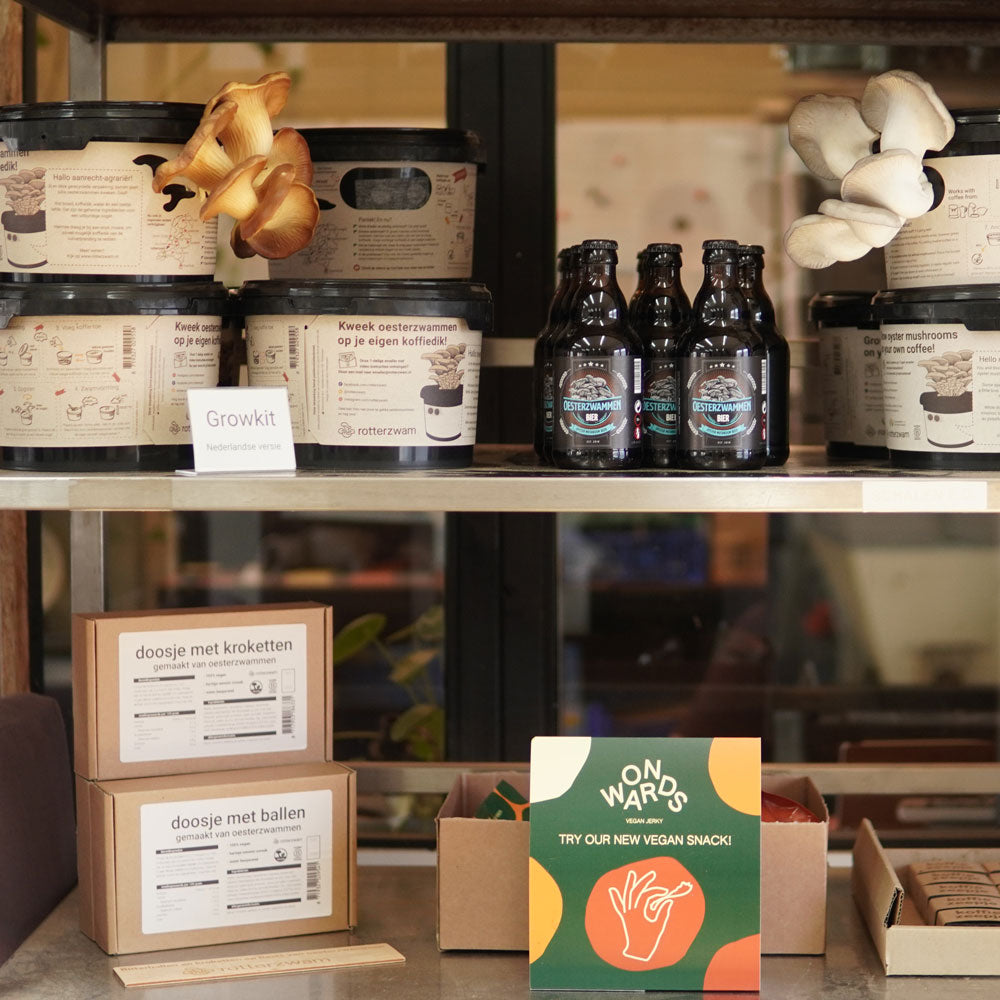
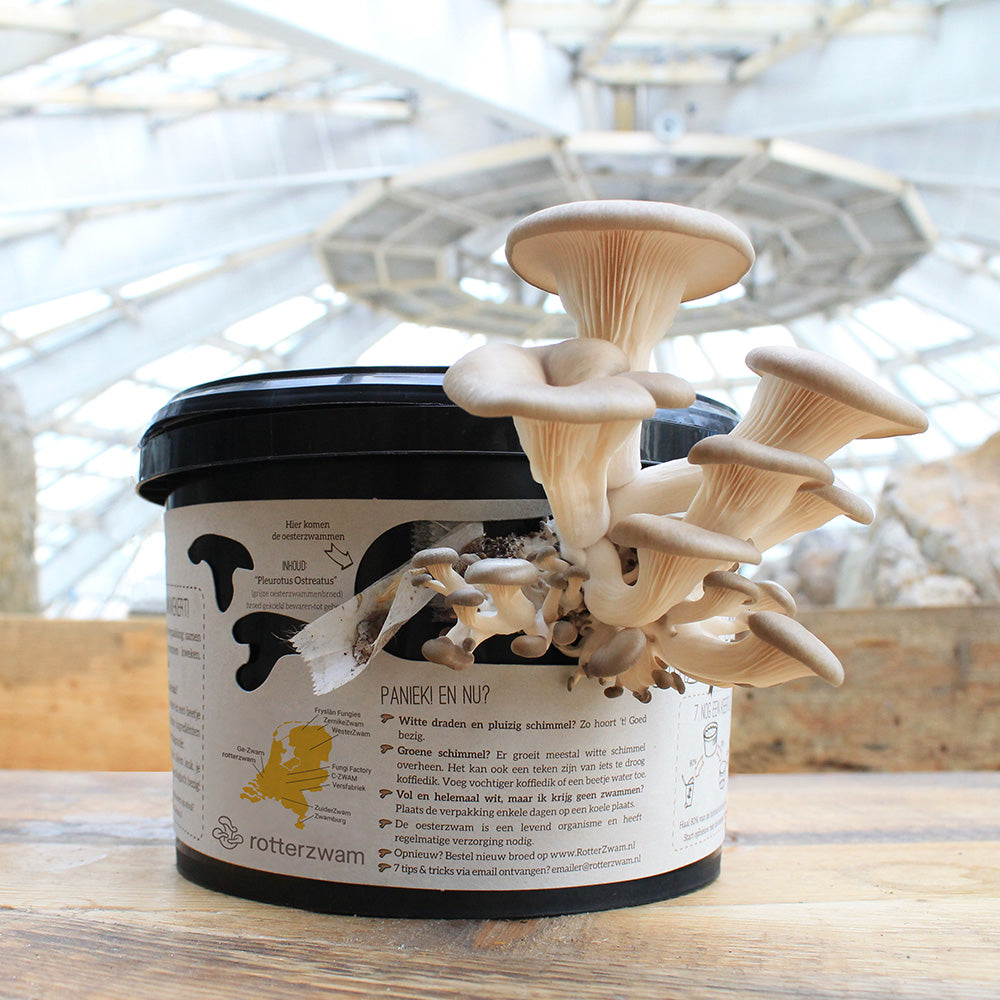
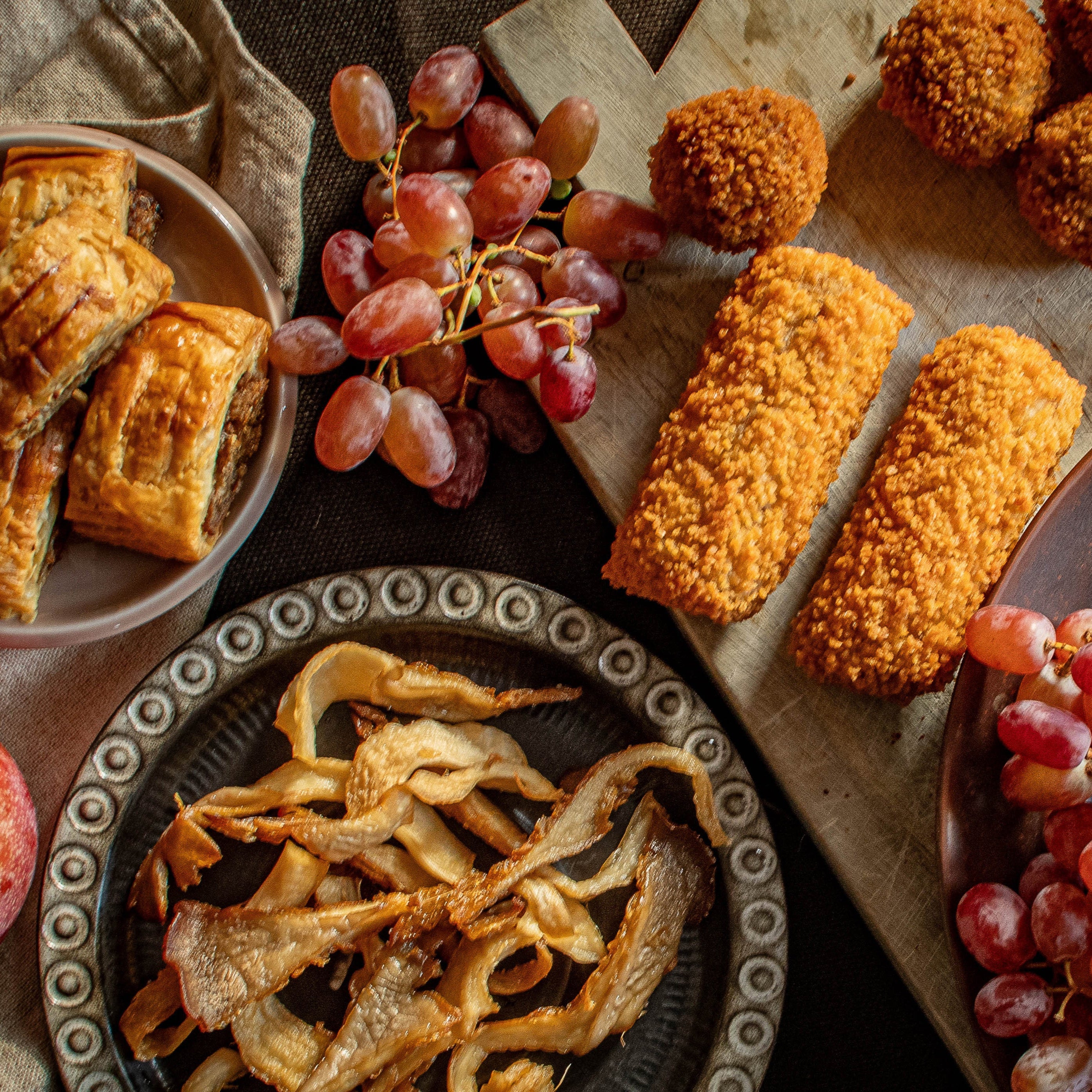
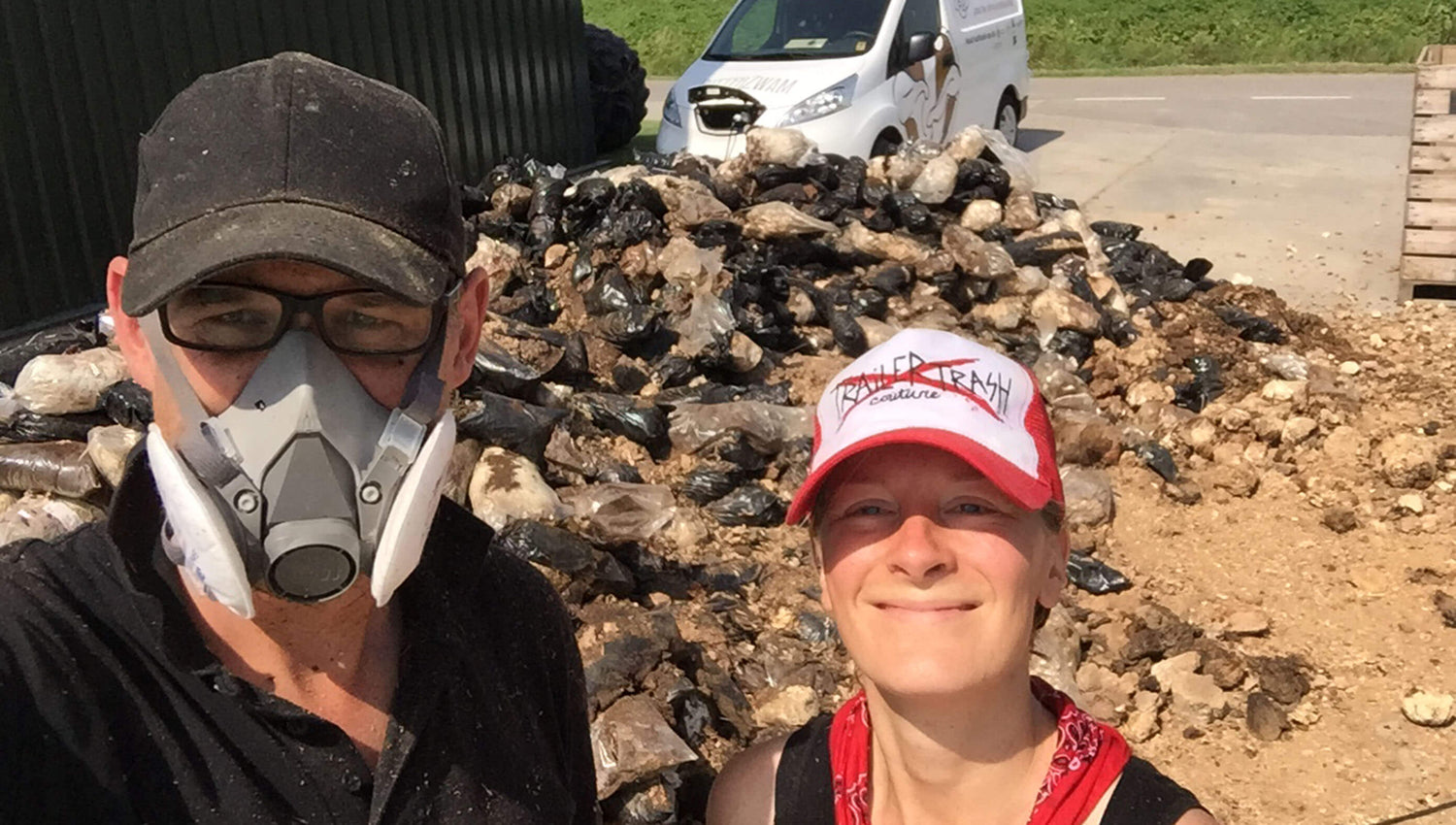
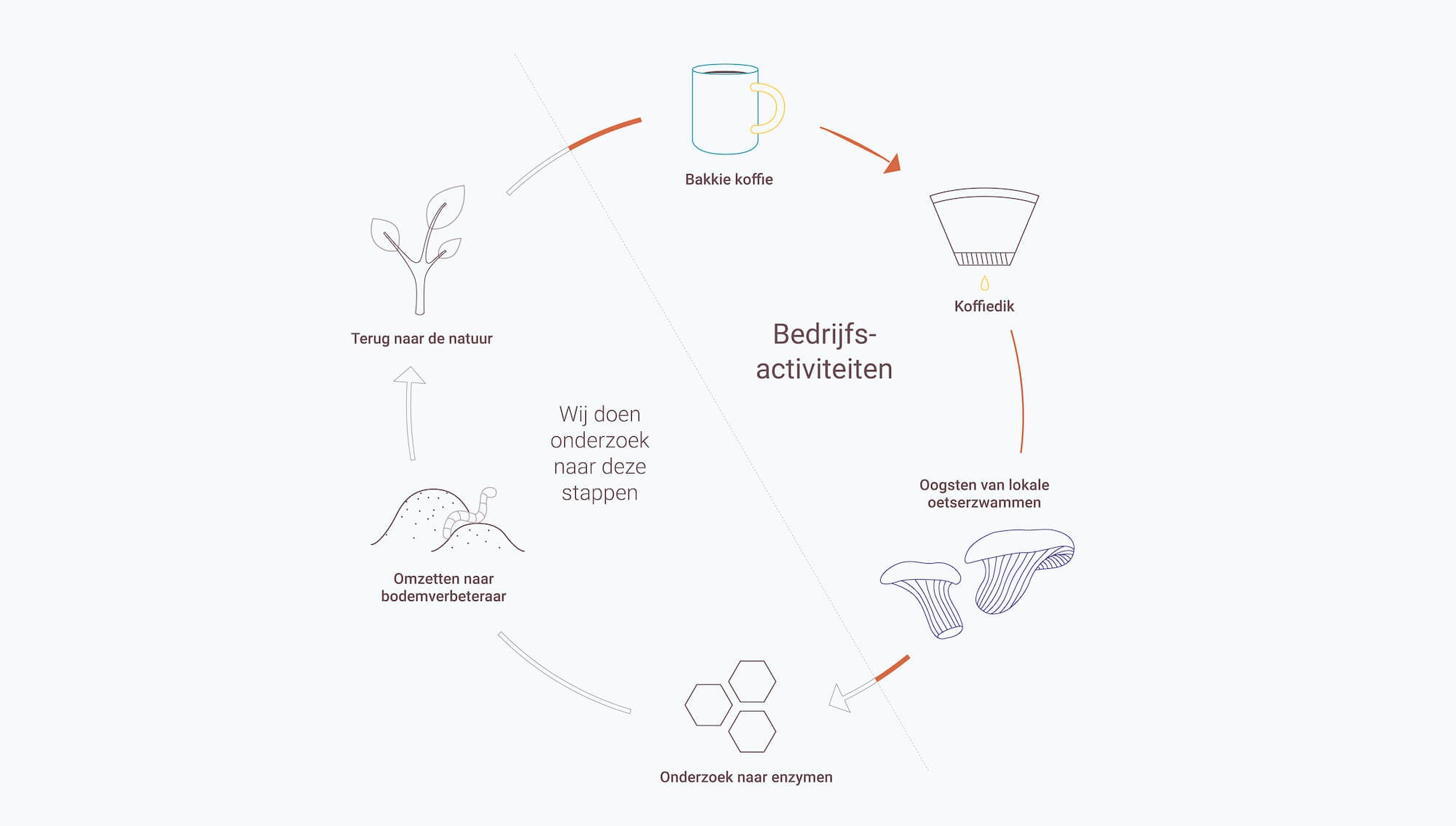
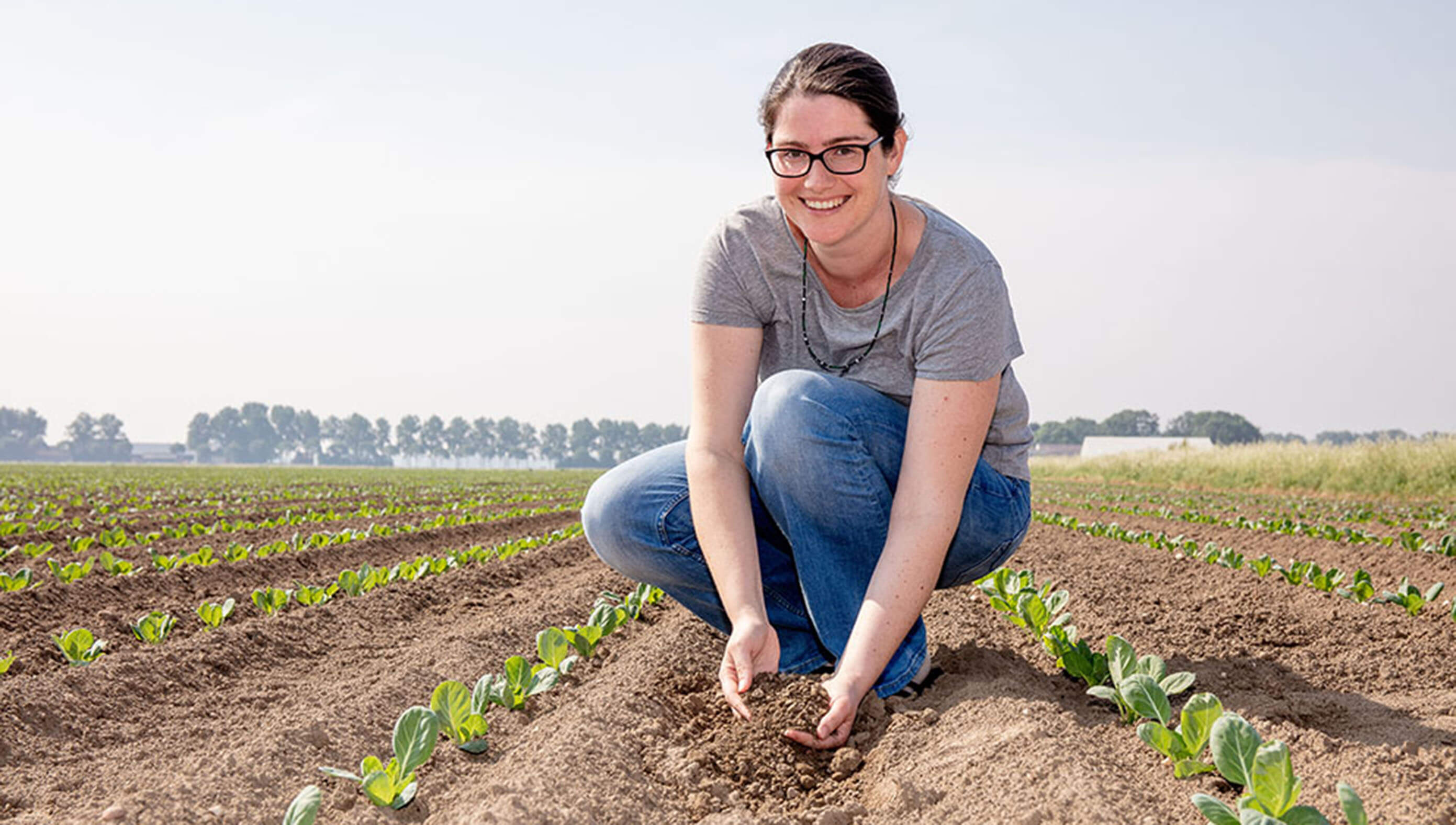
Leave a comment
All comments are moderated before being published.
This site is protected by hCaptcha and the hCaptcha Privacy Policy and Terms of Service apply.